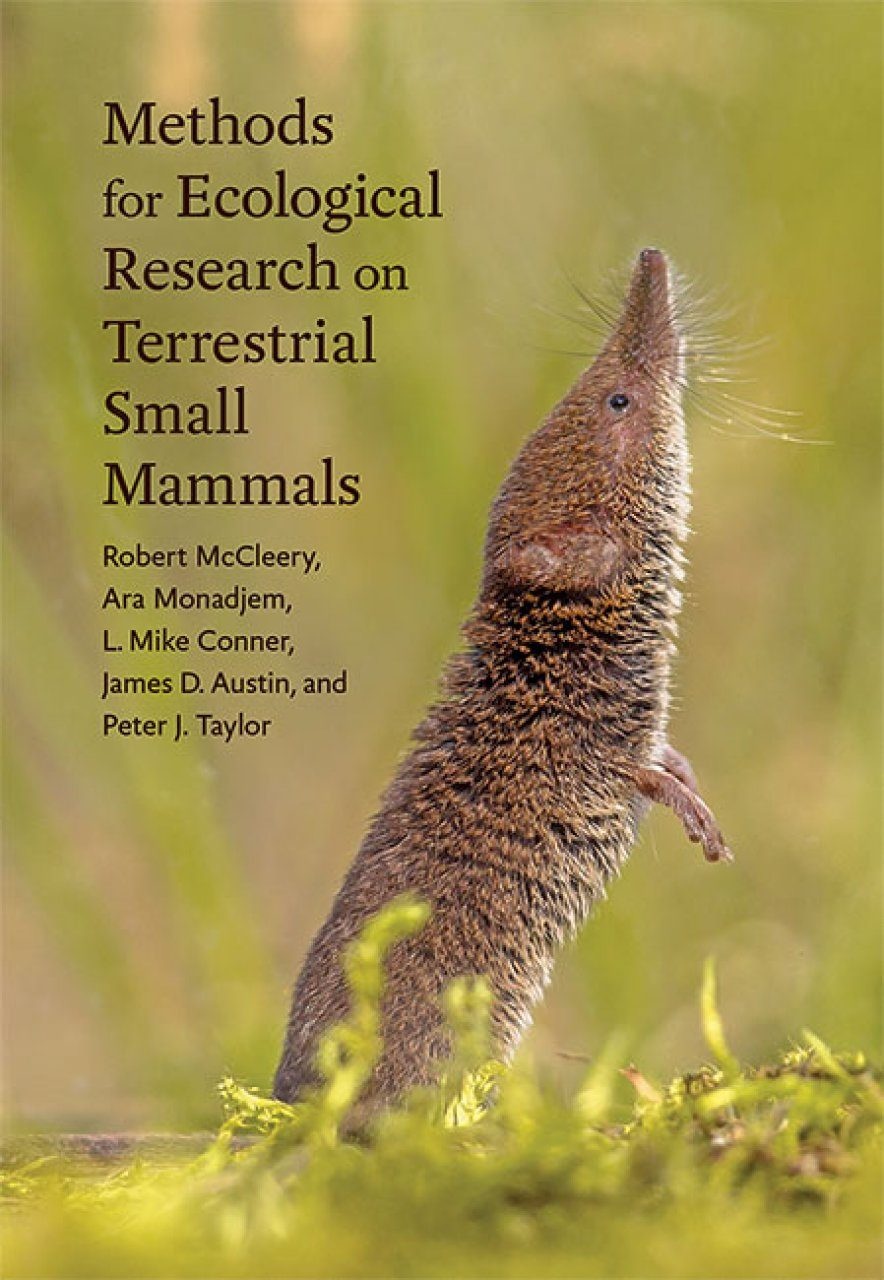| Autoren | Robert McCleery, Ara Monadjem, L. Mike Conner, James D. Austin & Peter J. Taylor |
| ISBN | 9781421442112 |
| Verlag | Johns Hopkins University Press |
| Sprache | Englisch |
| Seiten | 368 |
| Größe | 234 x 261 x 27 mm |
| Format | Gebunden |
| Bilder | S/w-Fotos |
| Erscheinungsjahr | 2022 |
All the information researchers, students, and practitioners need to conduct innovative, state-of-the-art research on small mammals.
Rodents and insectivores constitute the vast majority of mammals on our planet, yet we often overlook the importance of this group. As seed dispersers, prey species, and disease regulators, these animals are critical to the functioning of our ecological systems. While considerable material exists that describes these species, there has been no dedicated guide explaining how to effectively research them – until now.
Methods for Ecological Research on Terrestrial Small Mammals is a one-stop resource compiling all the information readers need to conduct state-of-the-art research on small terrestrial mammals across the globe. The authors cover the full spectrum of issues, from capture, handling, identification, reproduction, demography, and taxonomy to behaviour, diet, evolution, diseases, movements, morphometrics, and more. They also:
- highlight the latest techniques while carefully explaining the tried-and-tested methods needed to conduct rigorous scientific inquiries;|
- provide step-by-step examples and case studies, demonstrating how the methods discussed can be used in actual research projects;
- compare and contrast methodologies, analytical techniques, and software packages, helping researchers determine which pathways and tools will yield the best results for their studies.
A comprehensive and invaluable resource, Methods for Ecological Research on Terrestrial Small Mammals is a must-have for any ecologist working on small mammals.
Contents
Acknowledgments
Chapter 1. Introduction
Chapter 2. Passive Methods of Small Mammal Research
Chapter 3. Active Detection Techniques
Chapter 4. Lethal and Nonlethal Sampling for Genetics, Disease Studies, and Curatorial Collections
Chapter 5. Methods for Marking
Chapter 6. Recording Anatomical and Reproductive Features
Chapter 7. Design of Trapping Studies
Chapter 8. Studying Movements
Chapter 9. Estimating Population Demographics
Chapter 10. Communities and the Environment
Chapter 11. Dietary Studies on Small Mammals
Chapter 12. Small Mammal Behaviors: Personality, Activity, and Fear
Chapter 13. Predator-Mediated Sampling of Small Mammal Communities
Chapter 14. Ecological and Taxonomic Study of Morphology
Chapter 15. Genetic Studies on Small Mammals
About the Authors
Index
















